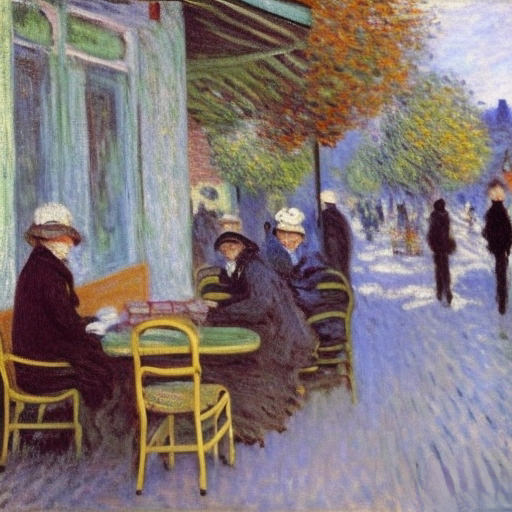Cuban coffee, colloquially referred to as “Café Cubano” or “Cuban espresso,” is a unique variant of espresso that found its origins in the sun-drenched Caribbean island of Cuba, where Italian espresso machines first made their appearance. This happened after the introduction of the coffee plant to Cuba by the Spanish in the mid-18th century, which quickly flourished in the island’s tropical climate and fertile soil. The Cuban take on espresso evolved from the traditional Italian method of brewing to become a coffee experience all its own, steeped in the rich cultural heritage and vibrant social rituals of the Cuban people.
The distinctiveness of Cuban coffee lies not only in its preparation method but also in the cultural context of its consumption. It is not merely a beverage, but a symbol of hospitality and camaraderie, a centerpiece of social interactions and a daily ritual that punctuates the rhythm of life in Cuba. It is renowned for its strong, bold flavors, which are a reflection of the Cuban spirit itself – resilient, robust, and full of life.
Cuban coffee is characterized by several distinctive features that set it apart from other espresso varieties. The coffee is usually made using dark-roasted beans, lending it a deep, intense flavor profile that is simultaneously rich and smooth. It is sweetened with ‘espuma’ or ‘crema’—a unique frothy concoction of sugar and a splash of espresso—which forms a sweet, caramelized layer on the top of the coffee, creating a delightful contrast with the strong, bitter undertones of the espresso. This process of adding sugar directly to the espresso as it brews, known as ‘endulzar,’ results in a harmonious fusion of flavors that is quintessentially Cuban.
Further, unlike the large mugs of coffee commonly consumed in other parts of the world, Cuban coffee is traditionally served in small, espresso-sized quantities, reflecting the potent concentration of its flavors. These tiny cups of coffee, or ‘tacitas,’ are often shared among friends and family, fostering a sense of togetherness and community.
In essence, Cuban coffee is more than just a caffeinated beverage; it is an integral part of Cuban culture and identity. From the precise brewing process to the communal act of sharing, every aspect of Cuban coffee is steeped in tradition, making it a unique and cherished experience.
Strong and Sweet: Cuban coffee is known for being very strong and sweet. It’s made by brewing espresso and then adding “espuma” or “crema”—a frothy mixture of sugar and a small amount of espresso—to the drink. This creates a sweet layer on top that contrasts with the strong coffee below.
Served in Small Amounts: Because it’s so strong, Cuban coffee is typically served in small, espresso-sized quantities. It’s common to serve it in a “tacita” (small cup) and share it with others.
Cultural Ritual: Drinking Cuban coffee is often a social and cultural ritual. It’s common for Cubans to drink it throughout the day, especially in the morning and after meals, and it’s often shared with family and friends.
You can absolutely make Cuban coffee at home, and it’s quite simple! Here’s a basic recipe:
Ingredients:
- 1/2 cup of espresso coffee
- 1 cup of sugar
- Water
Procedure:
- Brew half a cup of espresso coffee.
- Meanwhile, place the sugar in a pot or carafe.
- Once the coffee has brewed, take a small amount (about a teaspoon) and mix it with the sugar. Stir vigorously until you create a paste-like mixture—this is your “espuma” or “crema.”
- Pour the rest of the brewed coffee into the pot with the sugar and espresso paste, stirring as you pour.
- Serve the coffee in small espresso cups.
Cuban coffee is quite strong and sweet, so feel free to adjust the amount of sugar or coffee to taste. Also, note that you’ll need an espresso maker or a stovetop moka pot to brew the coffee.
Please note that if you purchase from clicking on the link, some will result in my getting a tiny bit of that sale to help keep this site going.


